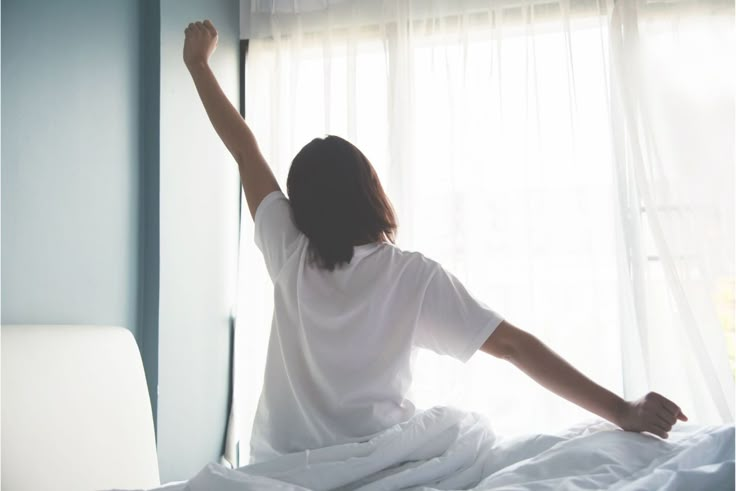
Taking a truly refreshing nap is actually a skill you can learn. Once you understand how sleep works and follow a few simple strategies, you can wake up from naps feeling energized, alert, and ready to tackle whatever comes next.
Timing Is Everything: The 20-Minute Rule
The most important thing to know about napping is that timing matters more than anything else. When you sleep, your body goes through different sleep stages. Light sleep happens first, then deep sleep kicks in after about 30 minutes. If you wake up during deep sleep, you’ll feel groggy and disoriented. This foggy feeling is called sleep inertia, and it’s exactly what we want to avoid.
The sweet spot for a refreshing nap is between 10 and 20 minutes. This gives you just enough light sleep to feel restored without entering the deep sleep zone. Set your alarm for 20 minutes, and you’ll wake up feeling much better than if you slept for an hour.
The Best Time to Nap During the Day
Not all hours are created equal when it comes to napping. The ideal time to take a nap is between 1 pm and 3 pm. This is when most people naturally experience an afternoon energy dip. Your body temperature drops slightly, and you feel sleepy. This happens to almost everyone, regardless of what you ate for lunch.
Napping too late in the afternoon or evening can mess with your nighttime sleep. If you nap after 4 pm, you might have trouble falling asleep at your regular bedtime. Stick to early afternoon naps, and your sleep schedule will thank you.
Create the Perfect Nap Environment
Your environment plays a huge role in nap quality. Find a quiet, dark space where you won’t be disturbed. If you can’t make the room completely dark, use an eye mask. Darkness helps your brain produce melatonin, the hormone that makes you sleepy.
Temperature matters too. A slightly cool room is better for sleeping than a warm one. If possible, grab a light blanket because your body temperature drops when you sleep, and you might feel chilly.
Consider using earplugs or white noise to block out distracting sounds. Even if you don’t think noise bothers you, eliminating it can help you fall asleep faster and sleep more soundly.
Don’t Fight It: Fall Asleep Quickly
One mistake people make is lying there stressing about whether they’ll fall asleep. Even if you just rest quietly without actually falling asleep, you’ll still benefit. Close your eyes, breathe deeply, and let your mind wander. Don’t check your phone or worry about your to-do list.
If you struggle to quiet your mind, try progressive muscle relaxation. Starting with your toes, tense each muscle group for five seconds, then release. Work your way up your body. This helps release physical tension and calm racing thoughts.
After Your Nap: Wake Up the Right Way
When your alarm goes off, don’t hit snooze. Get up immediately, expose yourself to bright light, splash cold water on your face, or do some light stretching. These activities signal to your brain that it’s time to be awake and help you shake off any lingering drowsiness.
Understanding the proper way of napping can seriously improve your daily energy levels and productivity. With these simple strategies, you’ll never have to worry about waking up more tired than when you started. Sweet dreams and happy napping!

